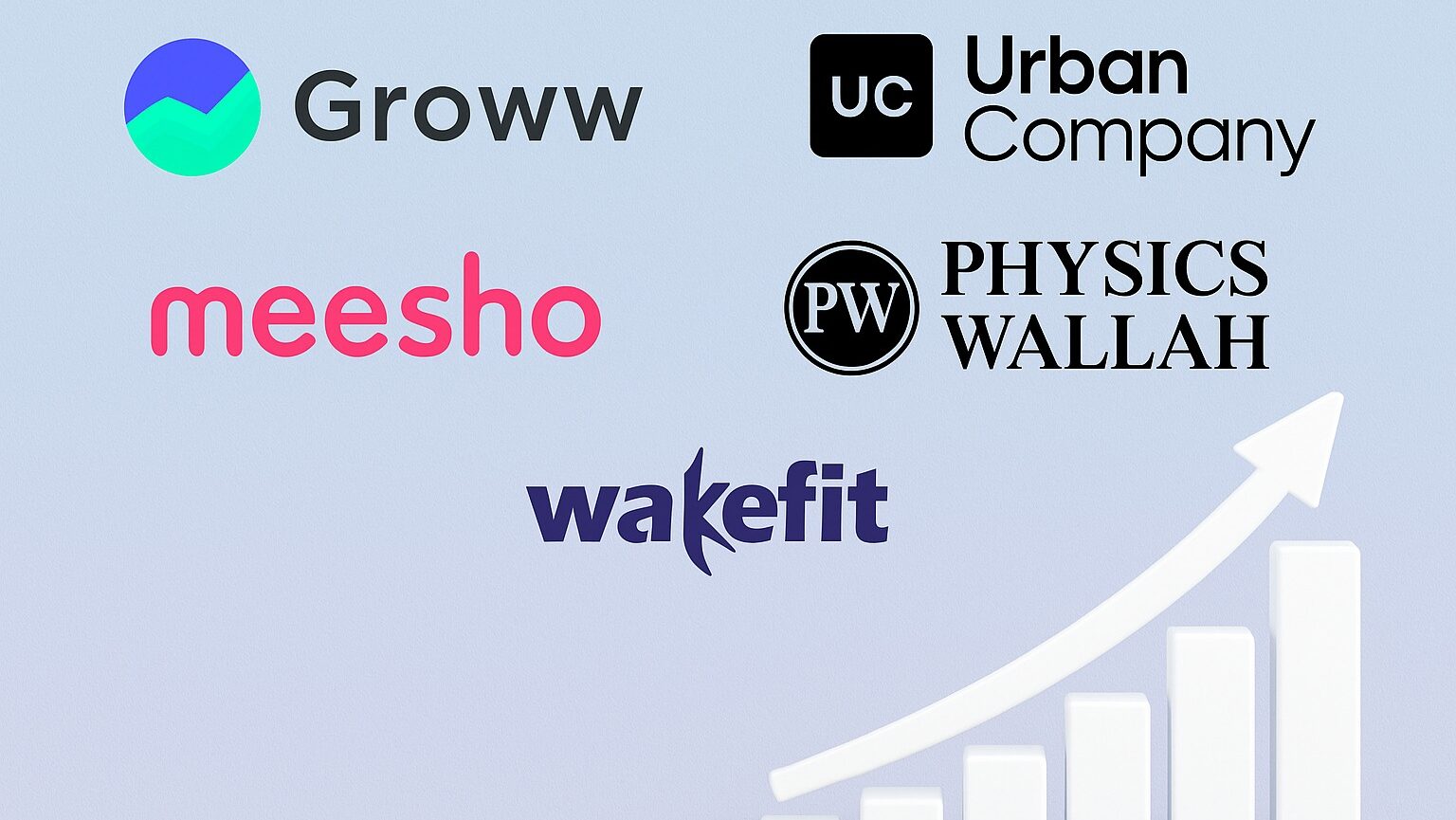In the age of ten-minute deliveries and one-click convenience, a silent workforce moves through India’s bustling cities, its delivery partners. From ferrying biryanis to groceries, they have become the engine that sustains the rapid growth of the online-to-offline economy.
But what remains obscured beneath the flurry of app notifications and marketing taglines is a critical question: how much do these workers actually earn?
Recent data sourced from NITI Aayog, industry disclosures, and investigative reports by publications such as The Ken, Business Today, and Mint paints a nuanced, often troubling picture.
Earnings in Food Delivery: Swiggy and Zomato
Swiggy and Zomato, India’s two leading food delivery platforms, have pivoted heavily toward cost-efficiency over the past two years. With over 300,000 active riders between them, the platforms operate on a pay-per-delivery model with layered incentive structures.
Typical Monthly Earnings (2024–25)
- Part-time (4–6 hours/day): ₹8,000 – ₹15,000
- Full-time (8–12 hours/day): ₹18,000 – ₹30,000
- High earners (12+ hrs + max incentives): ₹35,000 – ₹45,000 (in rare cases)
A single order may fetch anywhere between ₹20-₹30. Surge pricing, weather bonuses, and order-based incentives can supplement this. However, these numbers often fail to account for fuel, mobile data, vehicle maintenance, and idle hours, which are borne entirely by the delivery partner.

“To earn ₹1,000 a day, I have to ride almost 150 km. I start at 10 a.m. and end around midnight. After petrol and repairs, I barely save ₹700,” says delivery partner from Delhi.
Quick Commerce: Zepto, Blinkit, Instamart
Platforms in the quick commerce sector offer more structured pay. With warehouse-based shift systems, delivery workers are often on hourly or daily guaranteed wages, supplemented by per-order bonuses.
Verified Pay Structures
- Zepto: ₹22,000 – ₹28,000/month
- Blinkit: ₹20,000 – ₹25,000/month
- Instamart: ₹20,000 – ₹26,000/month
- Dunzo (select cities): ₹18,000 – ₹24,000/month
Unlike Swiggy and Zomato, most quick commerce platforms offer 8–10 hour fixed shifts, often including ESI, PF, and attendance-linked bonuses. However, this structured employment is mostly restricted to metro cities and does not extend to contract-based riders or third-party aggregators.
Critical Realities: Earnings Eroded by Platform Shifts
While app-based platforms advertise attractive earnings, delivery partners across India consistently report that average take-home pay has declined post-pandemic due to:
- Reduced Base Pay: Platforms have slashed per-order payouts in multiple cities.
- Rising Fuel Costs: With no fuel allowance, rising petrol prices directly erode profits.
- Incentive Complexity: Performance-linked bonuses are harder to attain due to increased delivery targets.
- Opaque Algorithms: Delivery assignments are often based on opaque logic, disadvantaging many riders.
- Unpaid Idle Time: Riders wait long hours without compensation during off-peak slots.
“Earlier, I could earn ₹1,200 in 8 hours. Now, even with 12 hours on the road, I get ₹800-₹900. The app decides how much I earn, not me,” says a delhivery partner in Bengaluru.
A Comparative Snapshot
| Platform | Avg Full-Time Earnings | Work Structure | Additional Benefits |
|---|---|---|---|
| Swiggy | ₹18K – ₹30K | Flexible, per order | Surge, weekly bonus |
| Zomato | ₹18K – ₹30K | Flexible, per order | Incentives, tips |
| Zepto | ₹22K – ₹28K | Shift-based (8 hrs) | PF, attendance bonus |
| Blinkit | ₹20K – ₹25K | Shift-based (10 hrs) | Appraisals, insurance |
| Instamart | ₹20K – ₹26K | Hub-based | Attendance-linked pay |
Gig Work or Digital Exploitation?
India’s gig economy, projected to reach 23.5 million workers by 2030 (NITI Aayog, 2022), remains largely unregulated. Despite contributing significantly to the logistics and e-commerce ecosystem, gig workers are still excluded from the ambit of the Code on Social Security (2020) in practice. Only a small fraction benefit from social security schemes or insurance.
The ongoing protests in cities like Delhi and Mumbai, demanding better wages, safety, and algorithmic transparency, signal deeper unrest.
Policy Interventions and the Road Ahead
The Indian government has proposed several measures, including a national platform for gig workers, mandatory registration, and social security funds under e-Shram, but implementation remains slow.
States like Rajasthan and Karnataka have initiated pilot policies offering insurance and welfare boards, yet the benefits are not widespread. Meanwhile, companies continue to classify riders as “partners” rather than employees, evading accountability on workplace rights.
A Race to Deliver, at What Cost?
As India’s appetite for instant gratification grows, so does its reliance on the feet, wheels, and stamina of its delivery workforce. These workers are neither fully entrepreneurs nor fully employees, they occupy a precarious middle ground, defined by inconsistent earnings, rising operational costs, and limited legal protection.
While tech platforms continue to chase profitability and hyper-efficiency, the question looms large: who delivers for the delivery boys?
Also Read: Can Rapido Disrupt the Swiggy-Zomato Duopoly in Food Delivery?
























